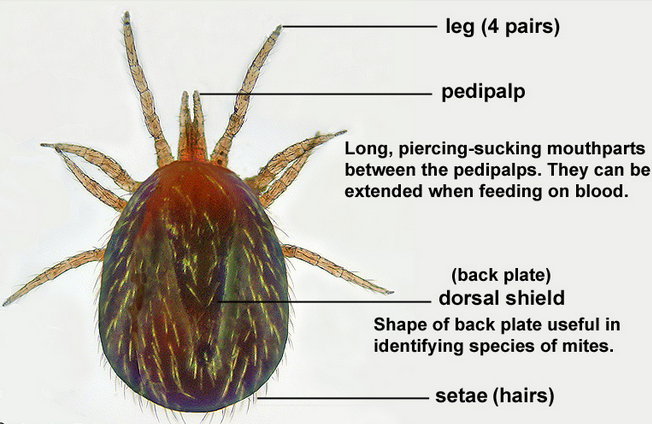Most living things are small and easily overlooked. In practical terms, this is not always a bad thing. You might not slumber quite so contentedly if you were aware that your mattress is home to perhaps two million microscopic mites, which come out in the wee hours to sup on your sebaceous oils and feast on all those lovely, crunchy flakes of skin that you shed as you doze and toss. Your pillow alone may be home to forty thousand of them. (To them your head is just one large oily bon-bon.) And don't think a clean pillowcase will make a difference. To something on the scale of bed mites, the weave of the tightest human fabric looks like ship's rigging.

Indeed, if your pillow is six years old — which is apparently about the average age for a pillow — it has been estimated that one-tenth of its weight will be made up of "sloughed skin, living mites, dead mites and mite dung," to quote the man who did the measuring, Dr. John Maunder of the British Medical Entomology Center. (But at least they areyour mites. Think of what you snuggle up with each time you climb into a motel bed.) These mites have been with us since time immemorial, but they weren't discovered until 1965. We are actually getting worse at some matters of hygiene. Dr. Maunder believes that the move toward low-temperature washing machine detergents has encouraged bugs to proliferate. As he puts it: "If you wash lousy clothing at low temperatures, all you get is cleaner lice."












